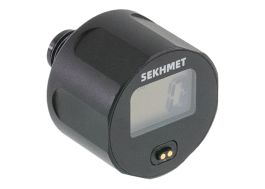I think you mentioned this in an earlier post. as I was shooting at the last two days I was scratching my head, trying to figure out what slop you were talking about because I didn’t detect any when shooting. this is just because I’m used to much cruder mechanisms and I’m close inspection. I see what you’re talking about.
Maybe this is a stupid question… Is there any benefit to having that tiny bit of freedom of motion at those connection points? Also, would you share the steps you took to address it on your GK1? It’s not that I can’t see where to start, but it’s always interesting to see how these things look to somebody else and how they approach them.
